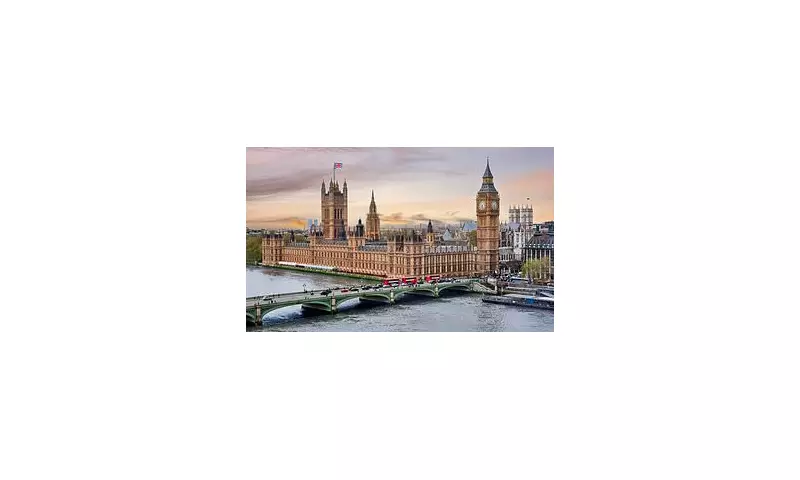
Long-delayed plans for a multi-billion pound restoration of the Palace of Westminster have resurfaced as a pressing political issue, despite ongoing concerns that MPs are being misled about the true financial burden.
The Restoration Dilemma: Full Decant Versus Work-Around
Revised proposals to save the crumbling World Heritage site are scheduled to be presented to MPs and peers in the New Year. Sources indicate that Parliament will first vote on £3 billion worth of preparatory works before making the crucial decision on the main restoration approach.
Two primary options are under consideration: a 'full decant' where both Houses completely vacate the palace, or a 'work-around' strategy where renovations occur around MPs continuing to work on site. A parliamentary source revealed the staggering timeline for the latter option, suggesting it could take up to 70 years to complete if MPs attempt to remain in the building during works.
Staggering Timelines and Hidden Costs
Under the proposed 'full decant' plans, both Houses of Parliament would leave the Palace of Westminster in 2031 or 2032, with the earliest potential return date being 2046. The official estimated cost for this approach is approximately £9 billion, excluding the additional £3 billion required for preparatory works.
However, critics fear the final bill for either option will substantially exceed official estimates. One Labour MP insisted the 'work-around' alternative would ultimately cost significantly more than the full decant approach, while maintenance of the deteriorating building currently costs taxpayers £1.5 million per week.
Political Divisions and Historical Context
Reform leader Nigel Farage has publicly advocated for the 'work-around' option, stating: "I don't object to spending the money – it's one of the most iconic buildings in the world. It needs modernising desperately but I would favour the work-around option."
Meanwhile, supporters of the full decant maintain it represents the most cost-effective solution for preserving the historic site. The debate occurs against a backdrop of severe infrastructure problems that have plagued the palace for decades.
A parliamentary report over a decade ago highlighted that the 19th-century building, completed in 1876, was riddled with fire-safety issues, leaking roofs, and asbestos. The report noted that if not for its highest heritage listing, demolition would likely be recommended. In 2017, The Mail on Sunday revealed that antiquated plumbing had resulted in sewage seeping into the basement.
If MPs approve the full decant, they would temporarily relocate to a specially-constructed replica Commons Chamber in the former Department of Health offices in Richmond House, while peers would move into the QE2 conference centre.
Despite the urgent need for restoration, some MPs express profound concerns about the consequences of vacating the historic premises. One critic warned: "If we move out completely, I don't think we'll ever come back in. There'll be snags over the restoration and it'll end up with the place being turned into a museum."
Another MP voiced suspicions about transparency, stating: "It's clear that the full decant is now back on the agenda as the favoured option of both Commons officials and senior Labour MPs. But I fear we will be conned over the true cost of all this."
A UK Parliament spokesperson confirmed: "We remain on track to bring costed proposals for the restoration of the Palace of Westminster to both Houses this year detailing costs, timescales, risks and benefits of the delivery options, all of which represent a significant, multi-billion-pound investment in the Palace."





